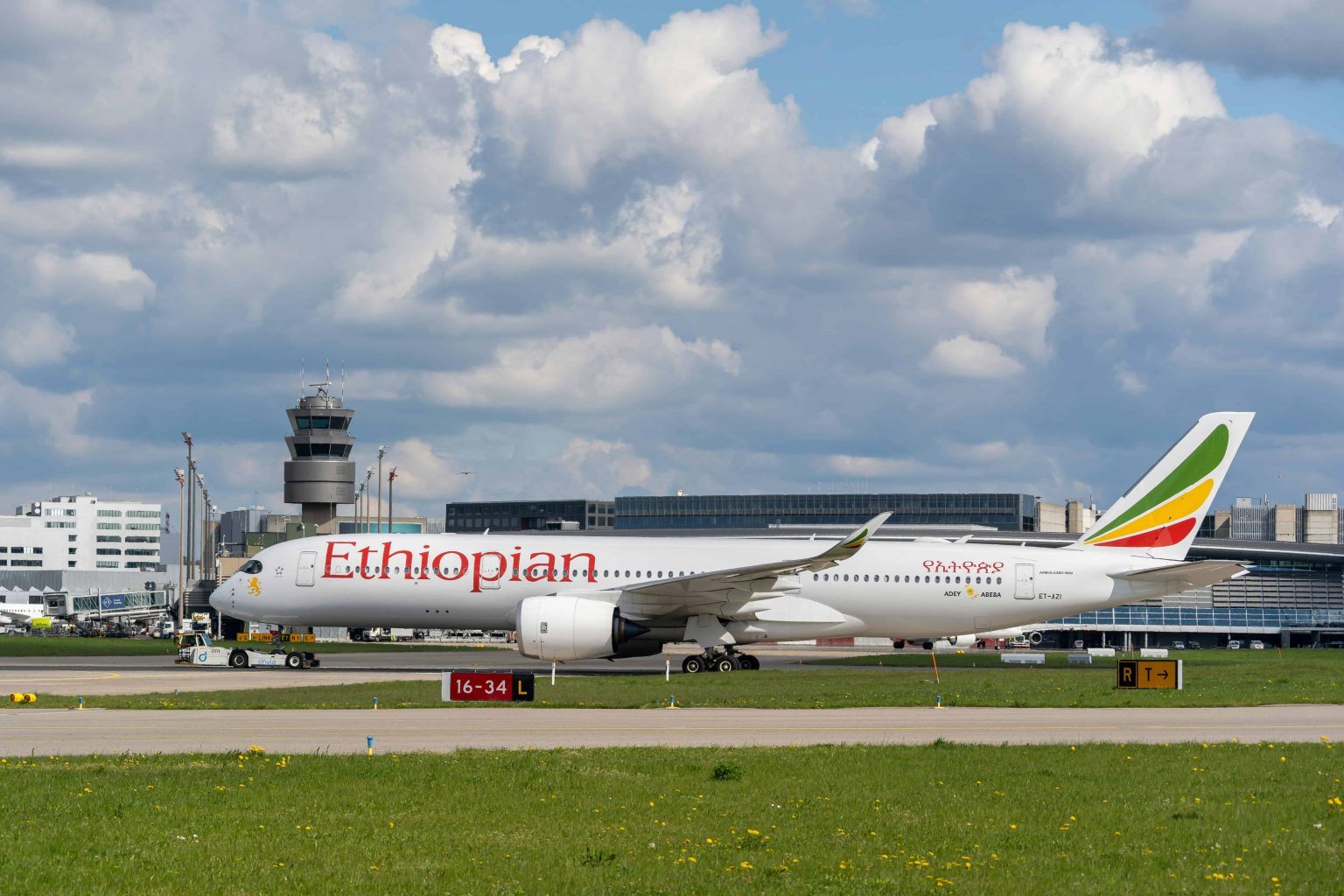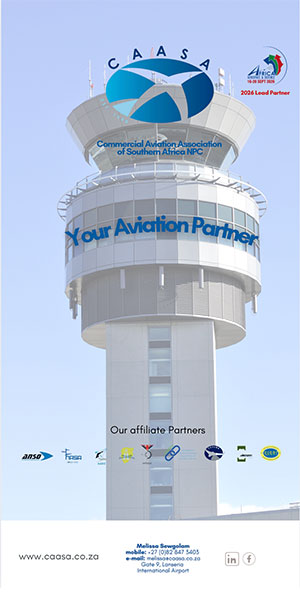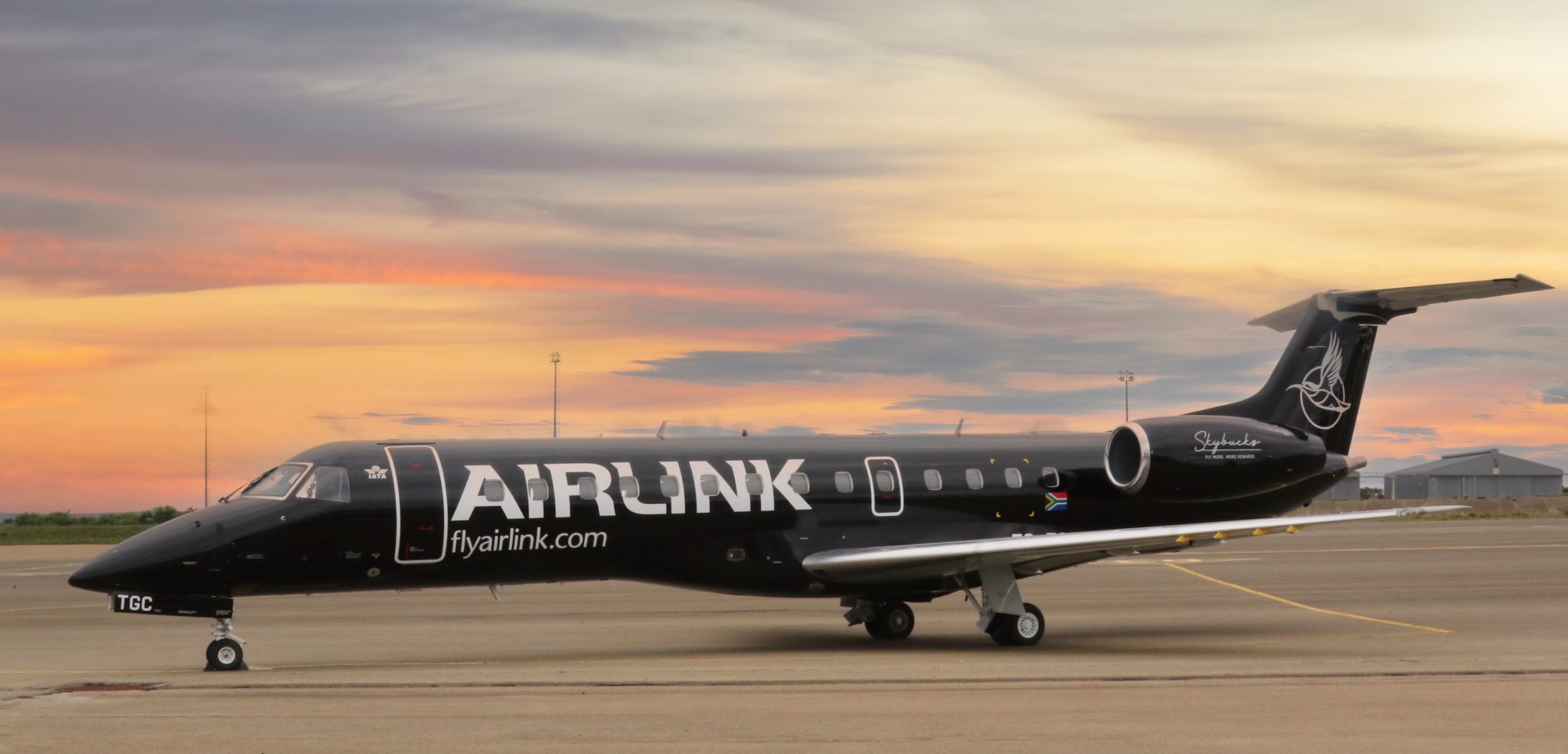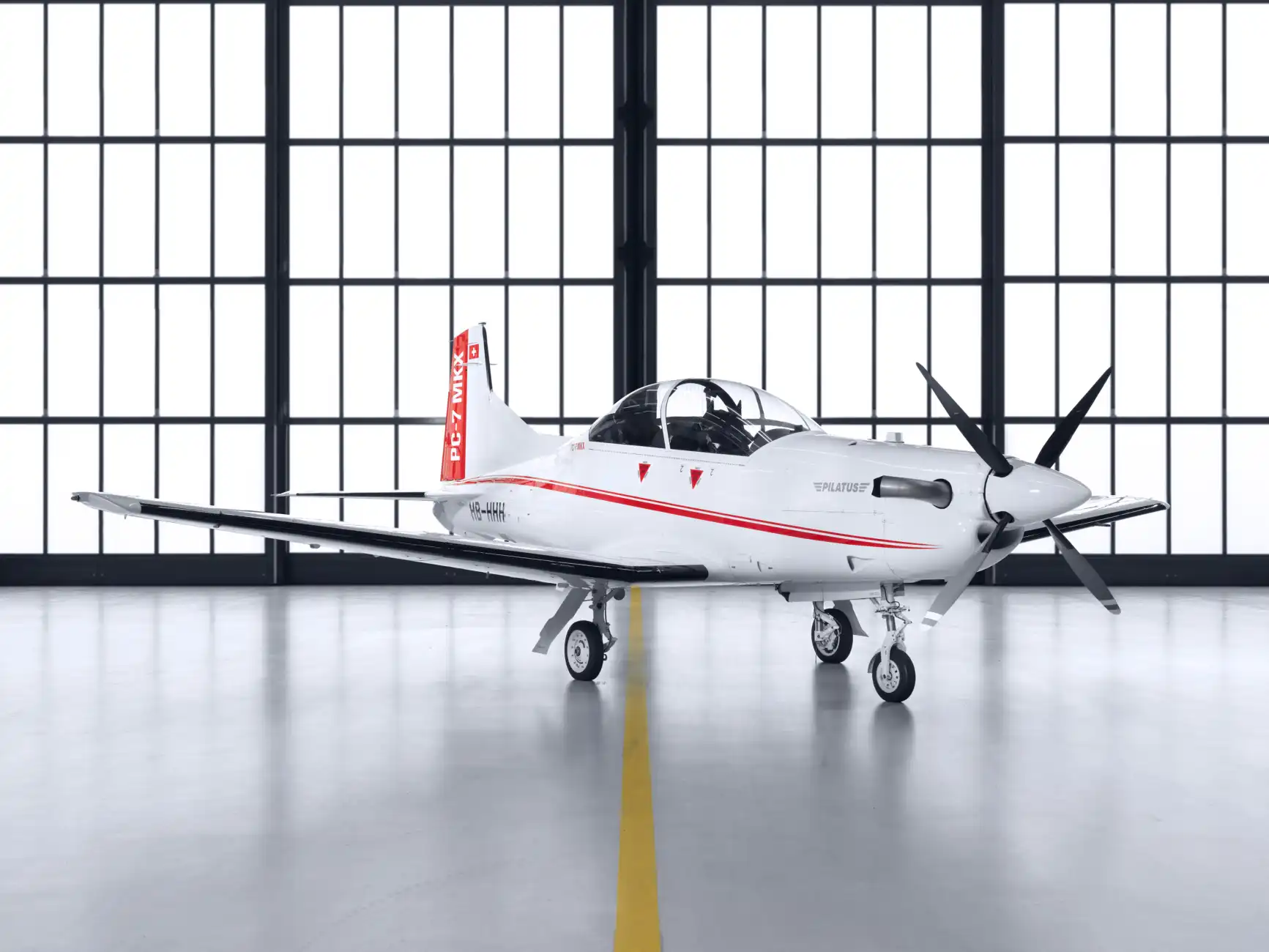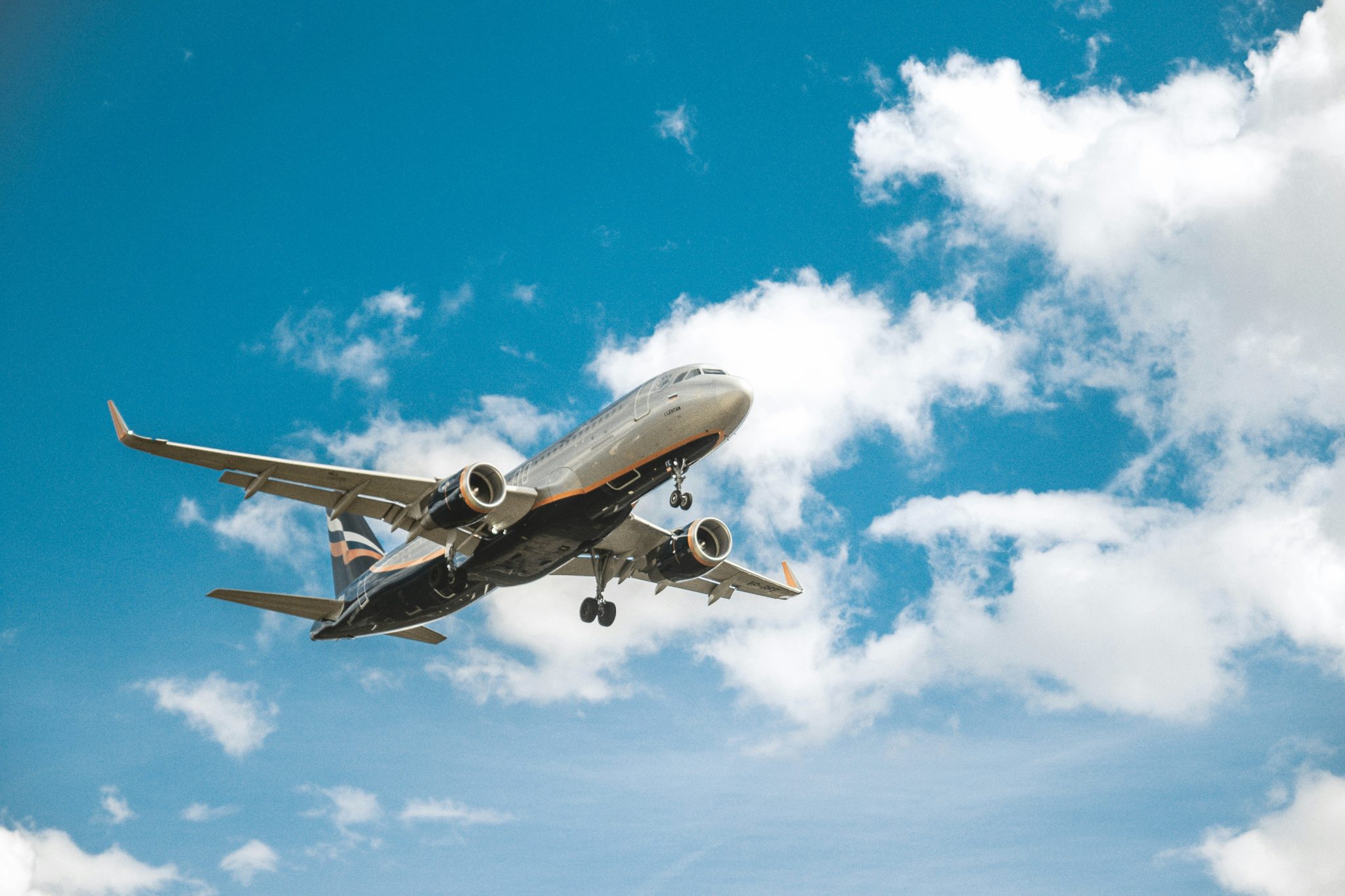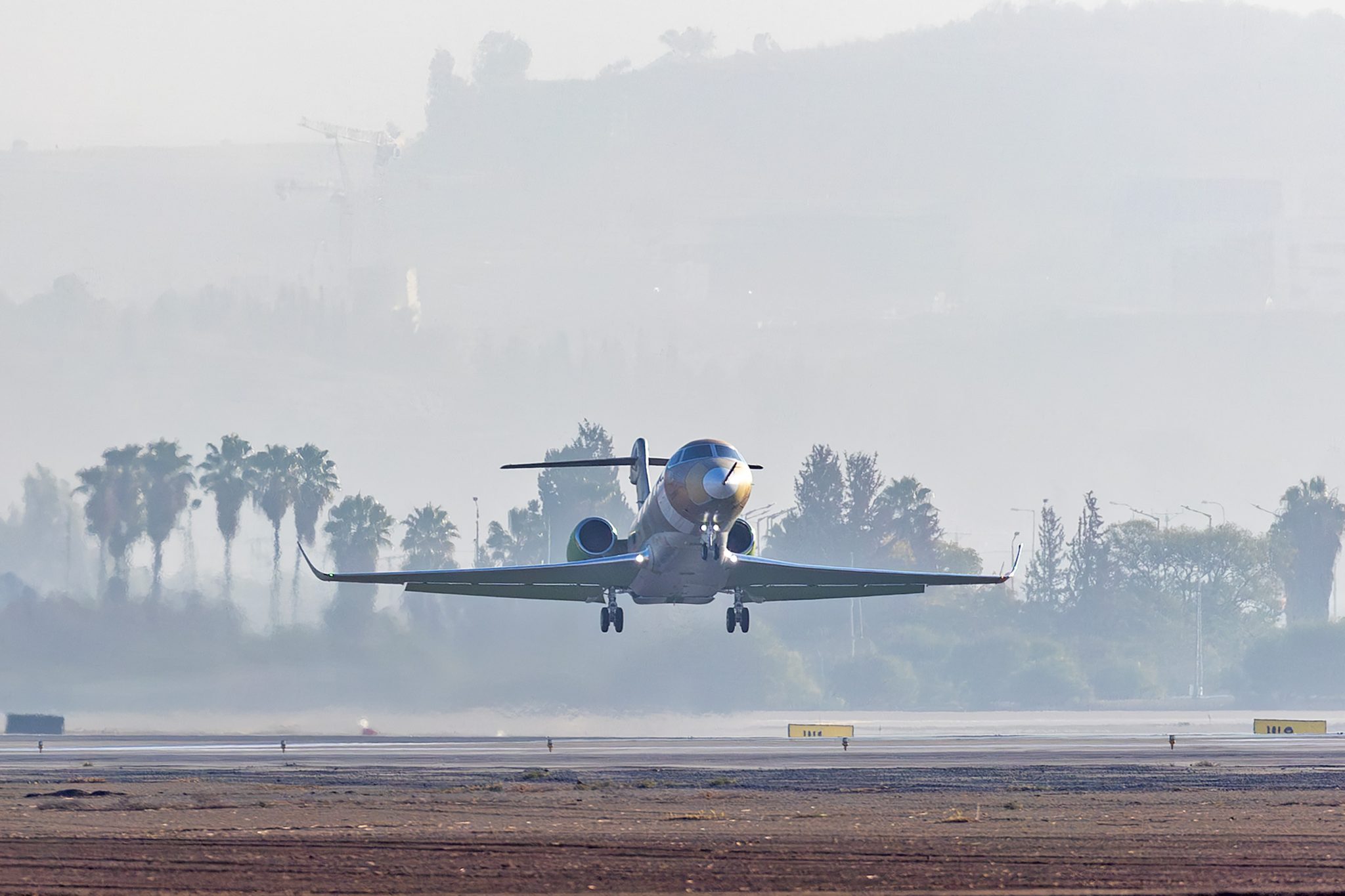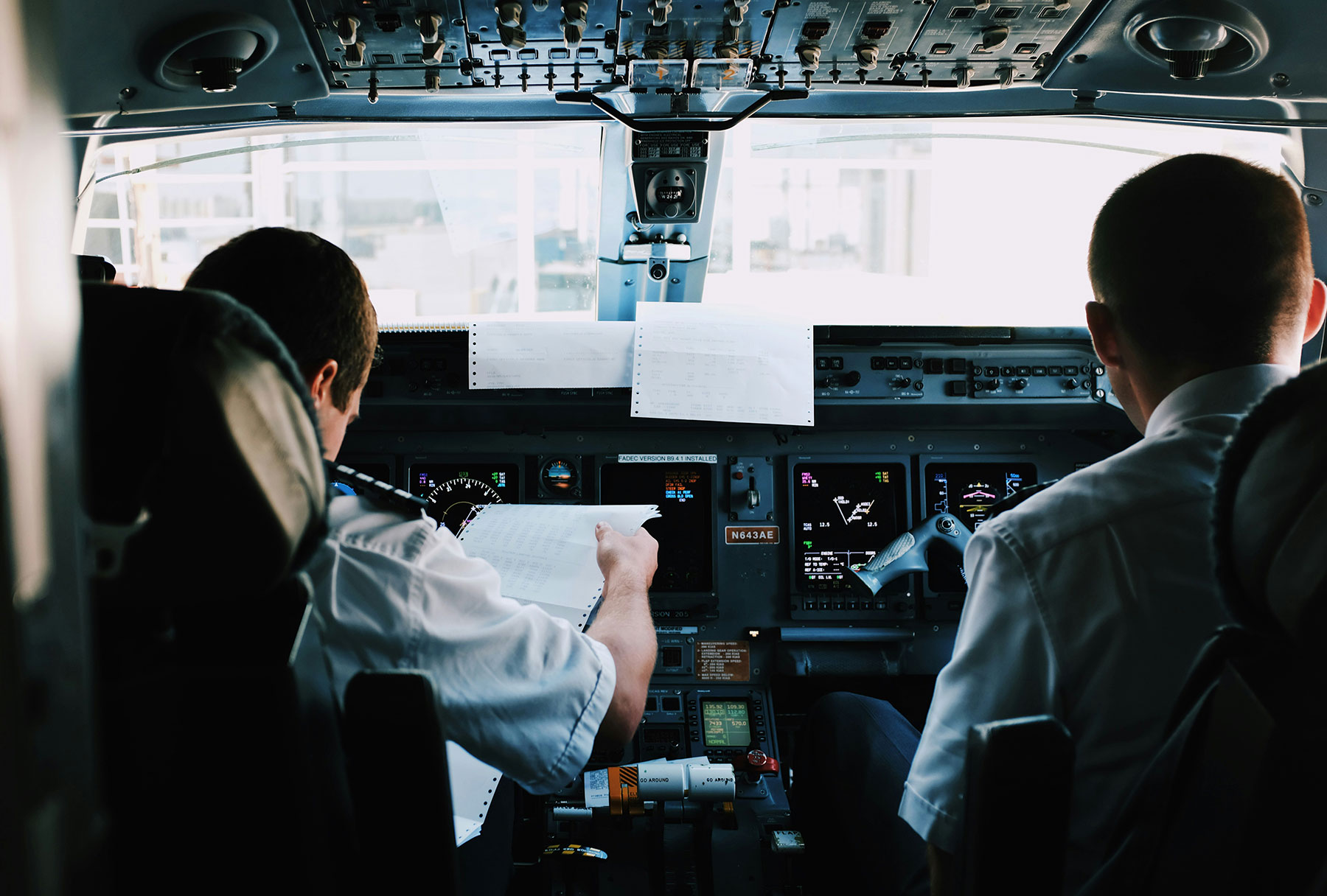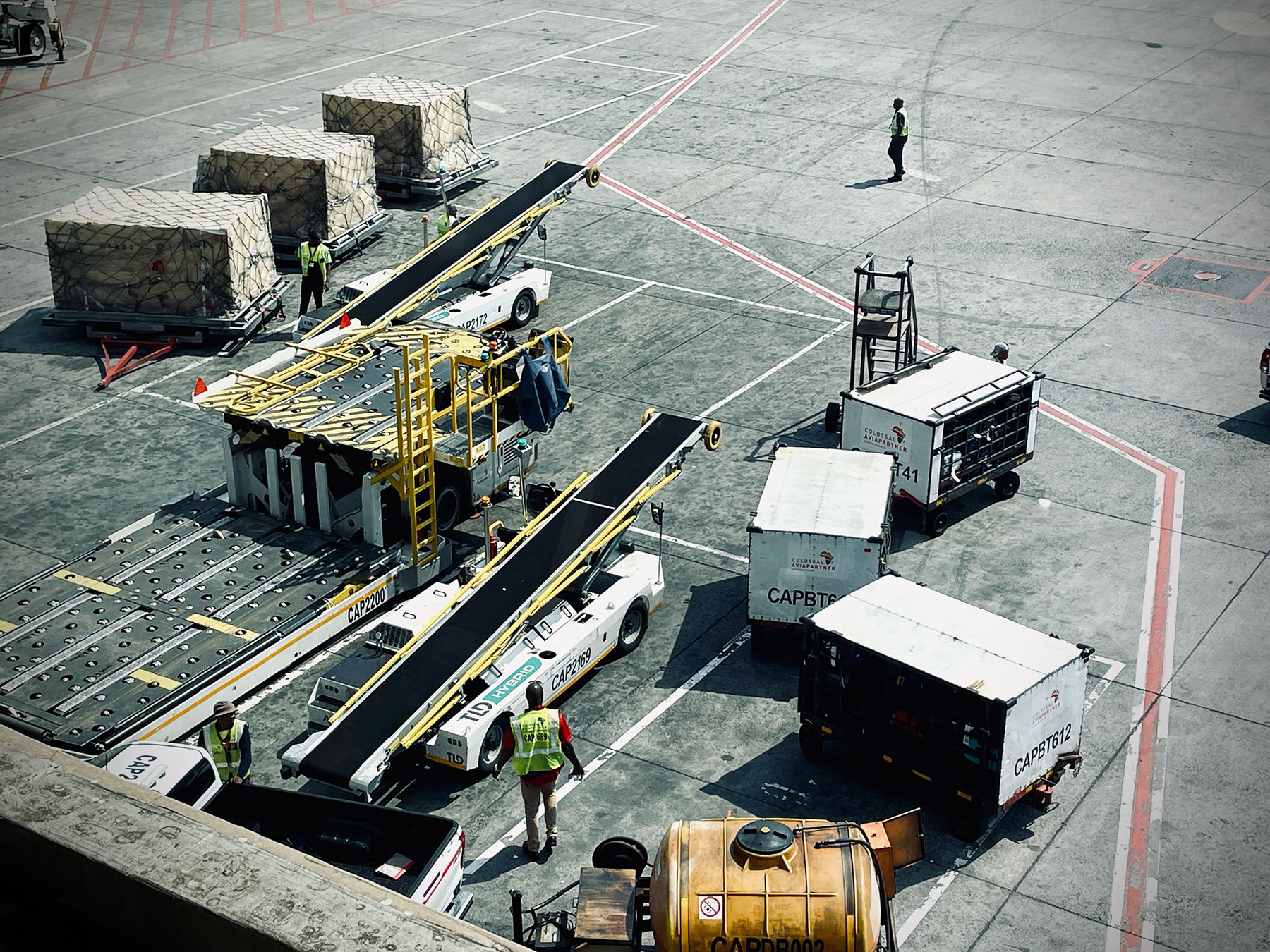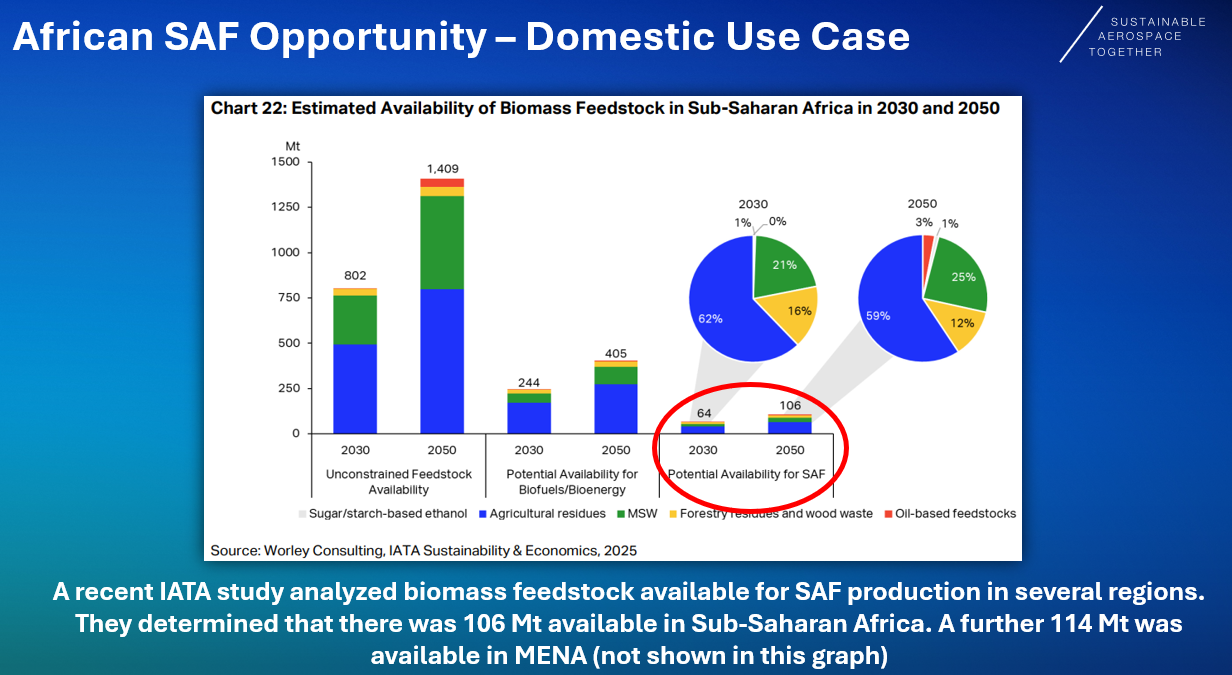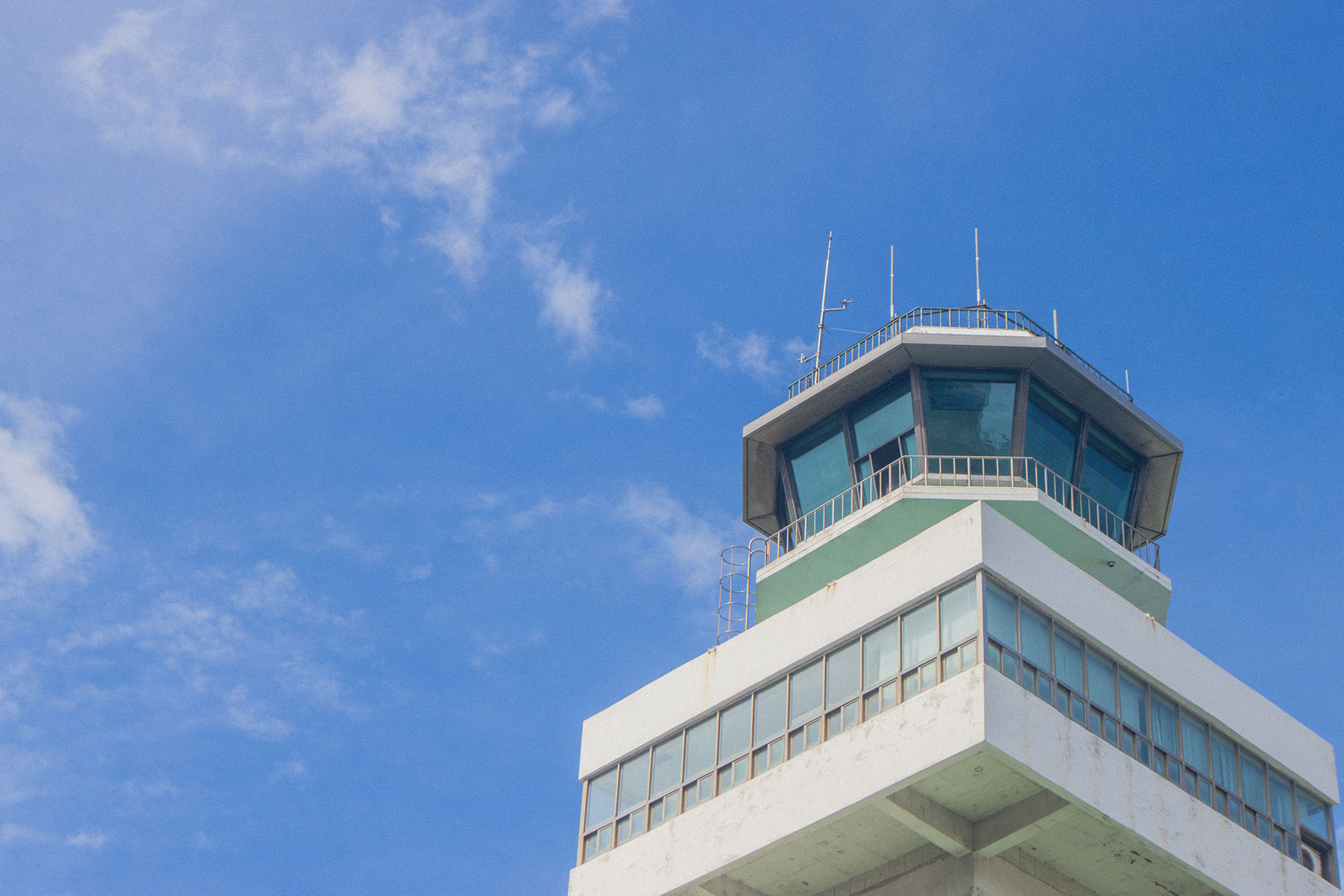Ethiopian Airlines continues to outpace its rivals, not just across the continent but increasingly on the global stage. As the recipient of Skytrax’s Best Airline in Africa award for seven consecutive years, along with similar accolades from Business Traveller, the airline’s rise has not been coincidental; it is the product of strategic foresight, relentless ambition, and operational excellence.
While Ethiopian Airlines has established itself as Africa’s aviation powerhouse, the continent’s skies are seeing renewed activity. South African Airways (SAA), once a dominant player but severely impacted by years of financial mismanagement, is mounting a notable comeback. With recent investments in a modern fleet and an eye on sustainable growth, SAA is positioning itself to compete in an increasingly competitive African aviation market.
With an expansive network, modern fleet, strategic foresight, and state-backed support, the Addis Ababa-based carrier very much held its own. While others have stumbled, downsized, or folded altogether, Ethiopian has charted a trajectory of growth, resilience, and innovation.
The Ethiopian Airlines Model: State-Owned, Yet Commercially Driven
Ethiopian Airlines, founded in 1945, is fully owned by the Ethiopian government. But what sets it apart is that it operates with the agility and vision of a private enterprise. Its success lies in a hybrid model: government ownership coupled with minimal political interference. Decisions are made based on business strategy rather than bureaucracy.
Its Vision 2025 strategy, launched in 2010, set clear goals: expand the fleet, grow routes globally, establish regional hubs, and invest in cargo, maintenance, and training infrastructure. The airline now flies to over 130 international destinations across five continents and maintains one of the youngest fleets in Africa, largely composed of Boeing 787 Dreamliners, Airbus A350s, and Boeing 777s.
Ethiopia also capitalised on the central geographical location of Addis Ababa, positioning Bole International Airport as a transit hub connecting East, West, and Southern Africa with Europe, the Americas, and Asia.
Logistics, Cargo, and Crisis Resilience
When the COVID-19 pandemic grounded much of global aviation, Ethiopian Airlines pivoted swiftly. Using its cargo division and converting passenger planes to freighters, it became a lifeline for many African countries—transporting PPE, vaccines, and essential goods.
Its investment in cargo infrastructure, including a massive cargo terminal in Addis Ababa (second only to those in the Middle East in scale), paid off. By 2021, cargo operations were contributing a significant portion of its revenues, allowing the airline to weather the storm while competitors slashed routes and laid off staff.
Training and Continental Integration
Ethiopian Airlines has also taken a pan-African approach. Through equity stakes and partnerships in other African airlines, including ASKY (Togo), Malawian Airlines, and Zambia Airways, it’s extending its reach beyond its home base. It also runs the Ethiopian Aviation Academy, one of Africa’s top aviation training centres, developing homegrown pilots, engineers, and cabin crew for the continent.
South African Airways: A Phoenix Rising?
Yet, the African aviation narrative is evolving. South African Airways (SAA), once a continental powerhouse before its financial turbulence and near-collapse, is signalling a strong intent to regain altitude. With fleet renewal efforts underway and strategic realignments taking shape, the race for African skies is far from over.
Grounded for over a year due to financial insolvency and the pandemic, SAA resumed limited operations in 2021 under a new management structure and strategic partner, Takatso Consortium. Its restructuring is leaner, more commercially focused, and aimed at returning the airline to profitability.
In early 2025, SAA made headlines again—this time positively—with the announcement of a multi-million-dollar investment in fleet modernisation. New-generation Airbus A330 and A320 aircraft are being acquired to replace its ageing fleet, a move that signals renewed ambition and a commitment to sustainability and fuel efficiency.
CEO John Lamola, emphasised the airline’s intention to “restore SAA’s reputation and connect more African cities with the world.” The strategy includes regional expansion, code-sharing agreements, and tapping into Johannesburg’s potential as a southern African hub.
Challenges Ahead: Infrastructure and Liberalisation
Despite Ethiopian Airlines dominance and SAA’s resurgence, the African aviation sector faces continent-wide hurdles: poor airport infrastructure, protectionist policies, high taxes, and restrictive visa regimes. The Single African Air Transport Market (SAATM), launched in 2018 under the African Union’s Agenda 2063, promises to open up skies across Africa—but progress has been slow.
Only a handful of countries have implemented the open skies initiative in full, limiting connectivity and driving up prices. Ethiopian Airline’s ability to bypass some of these hurdles, thanks to bilateral agreements and its pan-African strategy, has given it a competitive edge.
The Verdict: Ethiopia Leads, But the Game Is Still On
Ethiopian Airlines’ dominance is no accident—it is the result of long-term vision, strategic execution, and operational excellence. Yet, African aviation is dynamic. As SAA reinvents itself and other carriers like RwandAir, Kenya Airways, and EgyptAir seek their share of the market, competition is set to intensify.
With Africa poised to become one of the fastest-growing aviation markets in the world, the next decade will be crucial. The airlines that combine efficiency, regional integration, and smart investments will be best positioned to lead the skies.
